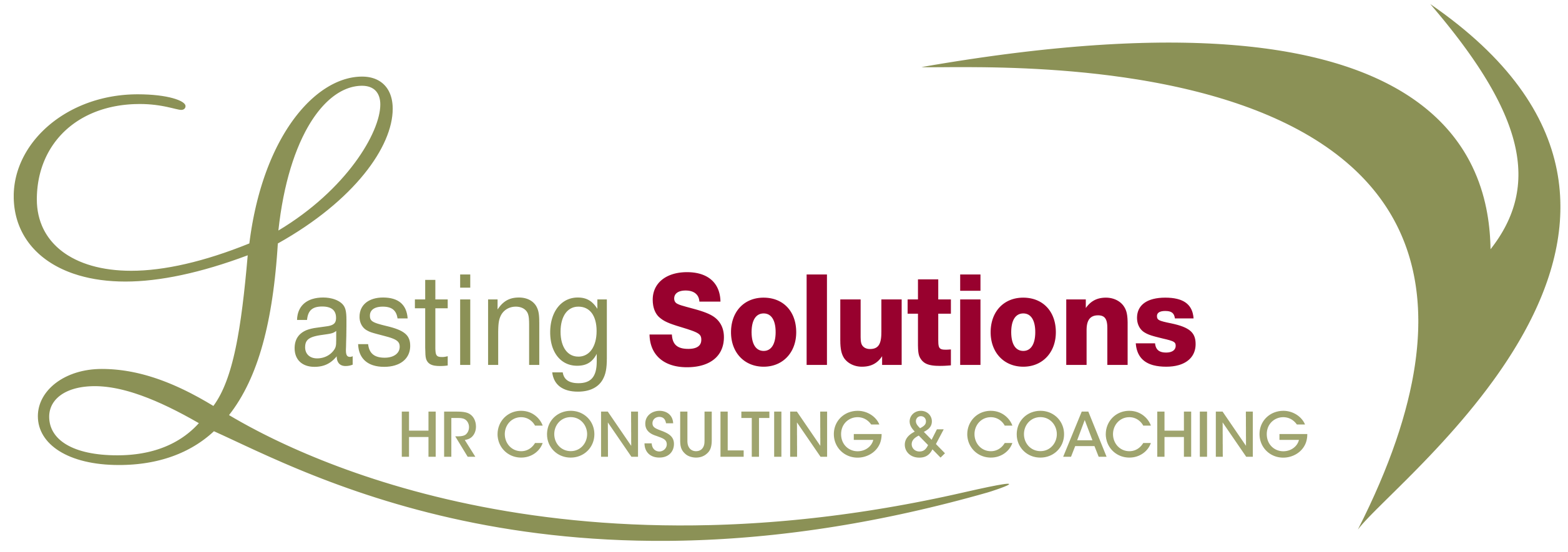The Total Rewards Framework – The Best Method for Communicating Value
Your company means the world to you. You’ve worked hard, nurtured it over the years to build a successful brand, quality product & service offerings, financial success and a work environment that is stable and enjoyable. A place where your team members can enjoy coming to work every day, be productive and be there best.
However, there are times when you may think you give so much and don’t get the credit, recognition or appreciation from your team members that you believe they should provide in return for all that is provided to them. It can sometimes be very frustrating for you.
Just like any great brand, your company and its offerings have to be marketed properly to your team members so they fully understand the value you provide for them. Working within a Total Rewards framework will do just that for you.
From an employer’s perspective Total Rewards can be described as – All the tools available to the employer that may be used to attract, retain and motivate employees.
• Why do employees choose to remain?
• Why do they leave?
• What factors motivate performance and commitment?
From the employee’s perspective Total Rewards can be described as – Everything the employee perceives to be of value resulting from the employment relationship.
The Exchange Relationship
An employer’s perspective An employee’s perspective
Total Rewards valued by employees Time, Talent, effort, results
There are 5 major elements that make up the Total Rewards model . Within each category your organization may have any number of aspects that are similar to other organizations but also aspects that are unique to your culture. All elements combined are what makes up the value proposition.
Some examples include:
• Compensation: Provided for services rendered. Includes both fixed and variable generally tied to performance (base, bonus etc.)
• Benefits: Used to supplement cash compensation (health, dental, life, AD&D etc.)
• Work-Life Effectiveness: A specific set of organizational practices, policies and programs, plus a philosophy that actively supports efforts to help employees achieve success at both work and home. (vacation, public holidays, paid and unpaid time off, personal days, sick time, MLOA, PLOA, jury duty, bereavement etc.)
• Performance and Recognition Performance:
The alignment of organizational, team and individual efforts toward the achievement of business goals and organizational success. It includes establishing expectations, skill demonstration, assessment, feedback and continuous improvement. – (performance planning, formal and informal recognition etc.)
Recognition: Acknowledges or gives special attention to employee actions, efforts, behaviour or performance. It meets an intrinsic psychological need for appreciation of one’s efforts and can support business strategy by reinforcing certain behaviours that contribute to organizational success.
• Development and Career Opportunities Development: A set of learning experiences designed to enhance employees’ applied skills and competencies. Development engages employees to perform better and engages leaders to advance their organizations’ people strategies. – (company paid learning, on the job learning, continuing education, professional designations, seminars etc.)
Career Opportunities: Involve the plan for employees to advance their career goals. It may include advancement into a more responsible position in an organization. The company supports career opportunities internally so that talented employees are deployed in positions that enable them to deliver their greatest value to the organization. – (performance development, succession planning)
While many employers have these elements in some form, strategically creating them and communicating them as part of the employment brand will assist in evolving the employment brand, attracting the desired candidates and motivating & retaining existing team members.
How much or how many of the elements is not the key to success with this model. As with any successful company, employment offerings change as the organization evolves. The key to success is understanding the 5 elements and utilizing them within the context of your organization, for all communications and to build upon for the future. The framework brings clarity, focus and a full understanding for the employer and the employee.
If you have any questions regarding Total Rewards, I would be happy to discuss them further with you. Please contact me at lotte@hrcareertransition.com or 705 294-3900.


Leave a Reply